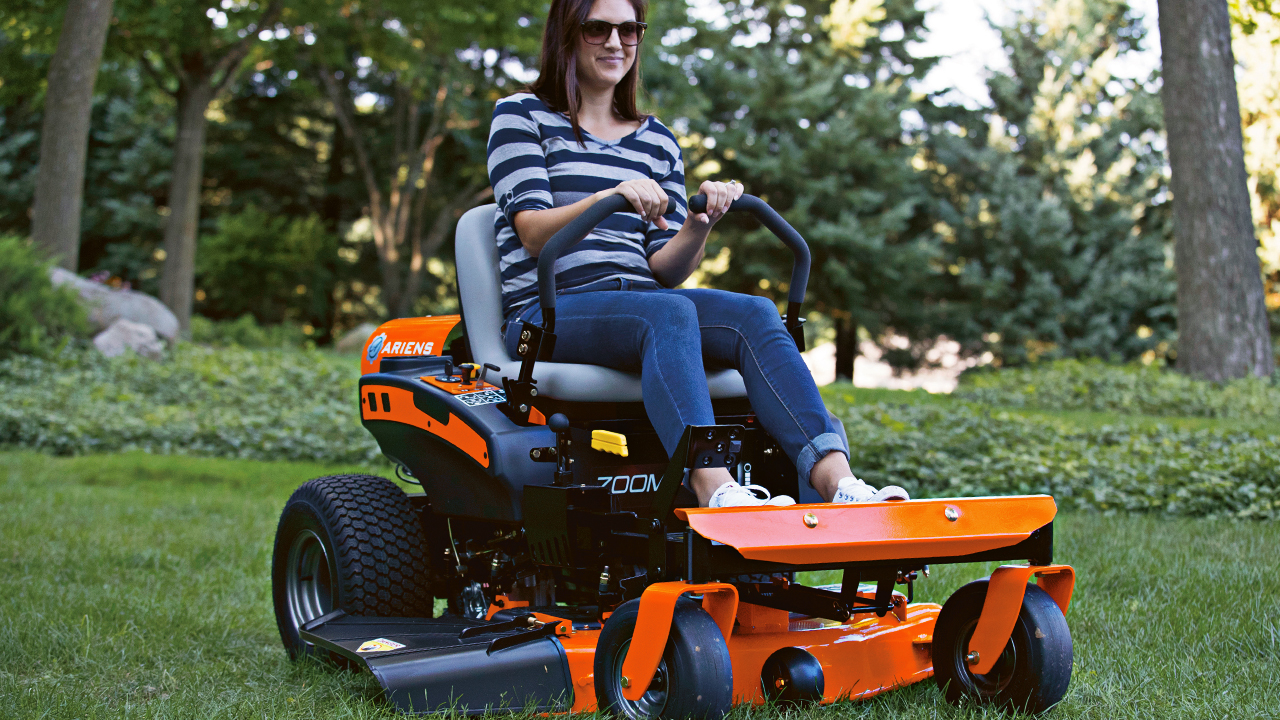7 Tips to Preparing Your Lawn for Spring
3/14/2018 5:00:00 AM
The good news about preparing your lawn for spring is that it isn't nearly as time-consuming as mowing it all summer. Some spring lawn care preparation can be done in the fall if you want to get a jump on it. But, preparing your lawn in spring is essential for a healthy lawn all summer.

Here are some tips to get your lawn into shape:
1. Rake up the winter debris
Even if you raked a couple of big piles of leaves in the fall, you’re still going to have to rake in the spring. There are several reasons for raking in the spring besides compiling stray leaves. It's for thatch build-up which is more than a half-inch high. Spring raking will remove any dead grass which didn’t make it through the winter. Plus, you can check for snow mold, which is matted patches of grass stuck together. New blades of grass can’t break through snow mold, but raking will solve that problem.
2. Check for compacted soil
If your lawn has been trampled on throughout winter because of foot traffic, then you could have compacted soil. For snow prone areas, substantial snowstorms and piles of snow can also compact your soil. Experts don't recommend aerating your ground in the spring, but instead recommend doing it in the fall. If you check your lawn thoroughly, you'll know where the compacted areas are for fall aeration.
3. Liming your lawn
Moss in your yard could mean that your lawn is very acidic. Acidic lawns are considered unhealthy because grass likes to grow in a soil pH level that is neutral. You can use lime on your soil, but remember that liming effects take a while to balance the pH level back to neutral. What you need to do first is send a sample of your lawn and soil to your local county extension. They will be able to tell you how much lime you’ll need per square foot. You can apply lime by using a fertilizer spreader.
4. Overseeding your lawn
Bare or yellow colored patches can signify neglect or potentially pet damage. To fix this problem, you can apply grass seed to the bare spots. We call this process overseeding. When you overseed, you will need to use a slow-release fertilizer. Then, after about five weeks when the new grass comes up, you'll need to apply a quick-release fertilizer. Overseeding - an important lawn care staple - is usually done in the fall, but if you have a lawn full of bare patches, go ahead and overseed in the spring.
5. Fertilizing your lawn
In the spring, a lighter application of fertilizer is recommended, and in the fall, a more substantial application is applied for cool-season grasses. If you use too much fertilizer, you can end up with weed and disease problems. If you have fertilized heavily in the fall, then your lawn is still enjoying the benefits of the fall fertilization.
6. Weed control
The headache of every homeowner is weeds in the lawn. You give them an inch, and they take over the yard. So, if you know that you're going to be battling crabgrass and annual weeds, you will need to apply pre-emergent herbicides. This type of herbicide controls the weeds before the seedlings even come up out of the ground. It works by forming a shield of sorts which keeps the seed from germinating. One thing you shouldn’t do is to core aerate after applying the herbicide because it could puncture the shield and decrease the effectiveness of the herbicide.
7. Mower maintenance
Last but not least – lawnmower maintenance, which is extremely important. You need to go over your mower to tune it up and sharpen the blades. If you don't know how to perform maintenance on the mower, we suggest visiting your local Ariens or Gravely dealer for seasonal maintenance.
Preparing your lawn for spring is an important part of lawn care. A beautiful green lawn is only possible if you do maintenance in the fall and follow through in the spring.